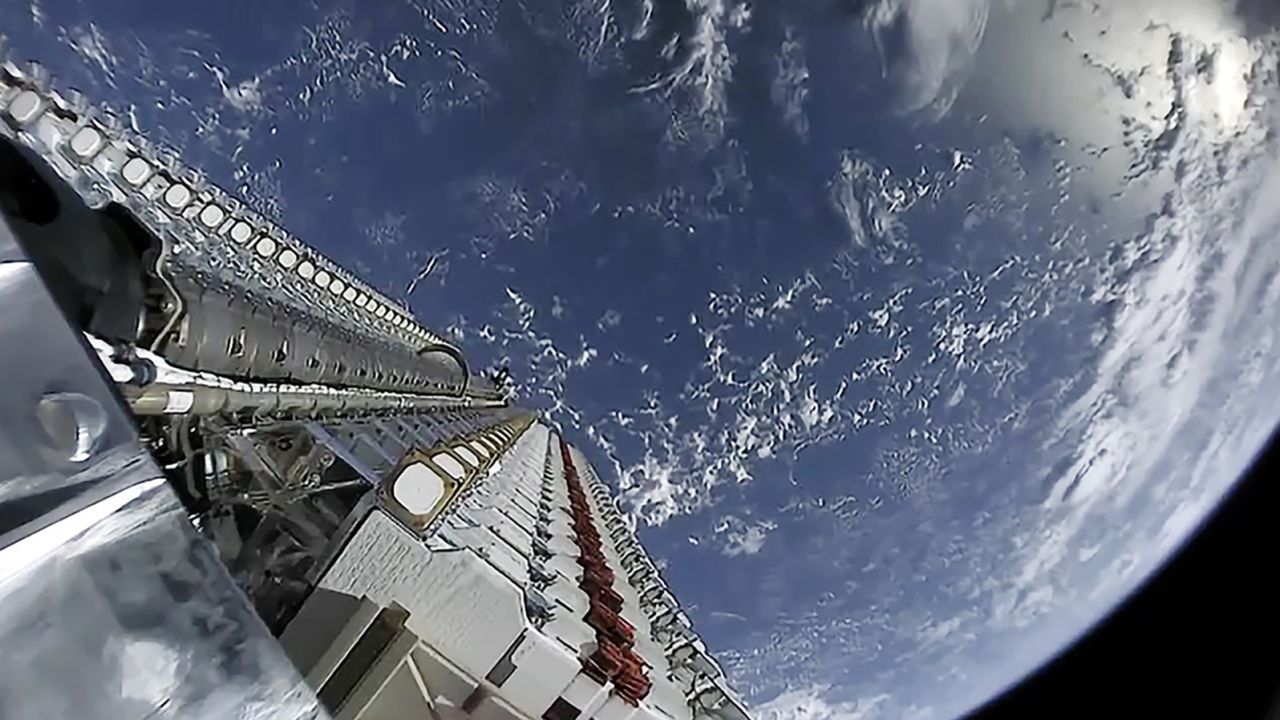
Satellite internet will fuel AI-powered systems and reshape global telecom with 24/7 coverage and smarter devices.
The global demand for real-time connectivity is rising fast, and satellite internet is stepping up to meet the challenge. As artificial intelligence (AI) evolves rapidly, its need for uninterrupted, high-speed internet access intensifies. Traditional ground-based networks can’t always deliver constant coverage, especially in remote or underserved regions. Satellite internet fills these gaps by offering a global connection that can support next-generation AI systems
Telecom operators, tech giants, and government agencies are racing to deploy constellations of satellites. Their goal is to enable devices—whether phones, sensors, or smart assistants—to remain online everywhere, at any time. The synergy between satellite connectivity and AI innovation promises to redefine how devices interact, respond, and update. This transformation is already reshaping industries and will accelerate further in the coming years.
The Telecom Push Behind Satellite Internet
Satellite internet providers are striking global partnerships to expand network coverage. Governments are investing to keep infrastructure online during crises. Airlines are delivering smoother in-flight streaming with satellite-backed Wi-Fi. Smartphone makers are building satellite capabilities directly into devices. These advances are creating an interconnected world that never sleeps.
AI Demands Constant Connection
AI-powered agents require a stable, continuous internet connection to function. Whether managing your calendar or processing location data, they rely on the cloud. AI systems must update frequently to stay accurate and relevant. Satellite networks make it possible to maintain that lifeline even when traditional broadband fails.
Analysts agree that connectivity is central to the future of AI agents. Devices need to receive updates, transmit data, and adjust to changing conditions on the fly. Without satellite internet, such capabilities would remain limited to specific geographic regions.
Satellite Internet Fuels IoT Expansion
The Internet of Things (IoT) has long struggled with poor connectivity in rural and mobile environments. Satellite coverage removes that barrier. It allows devices like security cameras, GPS trackers, and smart vacuums to stay linked and efficient. As these devices stream data in real time, they feed the information AI systems need to improve.
AI thrives on data. IoT devices deliver it in abundance—from movement patterns to environmental changes. With satellite internet, this constant data stream becomes reliable and accessible from virtually anywhere.
Leading the Charge: Starlink and Global Competitors
Starlink, operated by SpaceX, is currently the largest player, with over 4.5 million users worldwide. It offers robust service in areas where fiber or cellular networks fall short. Despite political controversies, it remains popular among both rural users and enterprise clients.
Starlink has partnered with T-Mobile to provide seamless mobile connectivity in dead zones. Users can move from cell tower range to satellite coverage without needing to switch networks manually. That convenience has become a key selling point.
Meanwhile, Europe’s IRIS², Amazon’s Project Kuiper, and Alphabet’s Taara are expanding their own networks. Chinese companies and firms like Lynk Global and Eutelsat OneWeb are also intensifying the race. Each seeks a share of the booming satellite telecom market.
Device Interoperability and Global Access
A significant challenge lies in ensuring all devices can work across satellite platforms. Experts warn that exclusive, brand-specific satellite systems could limit global coverage. However, companies appear committed to platform-agnostic models. This mirrors how mobile networks allow roaming across carriers today.
Most modern devices are already capable of connecting to satellites operated by different countries. Keeping that interoperability intact will be crucial as satellite internet becomes more standard.
Sustainability and Speed Challenges
Satellite internet raises sustainability concerns. Critics urge regulatory reviews before launching thousands more satellites. Speed is another issue. Satellite broadband may lag behind fiber networks, particularly as more devices come online. Yet, for many applications, the current speeds are sufficient—especially in places where no alternatives exist.
Even with these challenges, the industry’s momentum is undeniable. Telecom leaders see satellite internet as a long-term investment in global connectivity.
A Telecom Future Written in the Stars
From rural homes to remote battlefields, satellite internet is becoming essential. Its ability to support AI, IoT, and mobile telecom makes it invaluable. Experts predict that satellite capabilities will soon be standard in all smartphones.
As devices increasingly rely on the cloud, satellite networks ensure they stay connected, updated, and responsive. That connectivity could one day save lives—and certainly shapes the telecom future.
“Saving a life is priceless,” says analyst Anshel Sag. “You wouldn’t want to be somewhere without service.”
Source: https://www.wired.com/story/satellite-internet-will-let-us-put-ai-in-everything/#main-content



































































